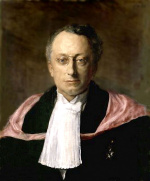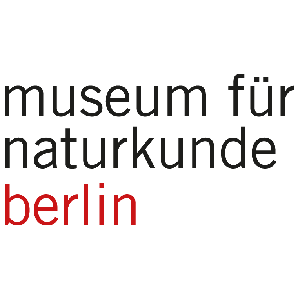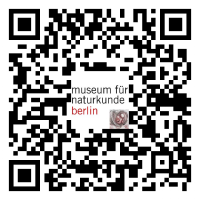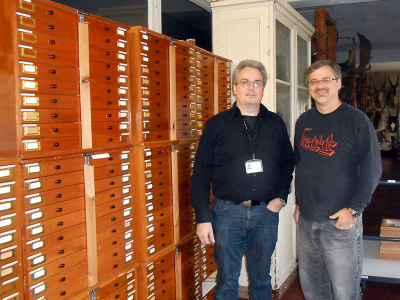DEC Berlin Meeting 2017: Difference between revisions
From Human Embryology
| Line 41: | Line 41: | ||
===Collection/Scanner/Museum - Tour=== | ===Collection/Scanner/Museum - Tour=== | ||
{| | {| | ||
| valign=top|[https://www.naturkundemuseum.berlin/en/insights/collections/embryology-collection Museum für Naturkunde - Embryology Collection] | | valign=top|17:00 [https://www.naturkundemuseum.berlin/en/insights/collections/embryology-collection Museum für Naturkunde - Embryology Collection] | ||
| Line 57: | Line 55: | ||
[https://embryology.med.unsw.edu.au/embryology/index.php/Embryology_History_-_Ambrosius_Hubrecht Ambrosius Hubrecht (1853-1915) ] | [https://embryology.med.unsw.edu.au/embryology/index.php/Embryology_History_-_Ambrosius_Hubrecht Ambrosius Hubrecht (1853-1915) ] | ||
|} | |} | ||
===Getting There=== | ===Getting There=== | ||
Revision as of 23:37, 20 November 2017
Berlin Meeting - Dec 11 2017
Museum für Naturkunde - Leibniz Institute for Evolution and Biodiversity Science
Museum für Naturkunde Seminar Room Z 1108, 1st Floor (number 4 on attached program map)
Organisers - Dr Peter Giere and Dr Mark Hill
Draft Program
Monday 11 December 11 AM - 5 PM
- 11.00 Opening - Senior Museum TBA
- 11.10 Introduction - Mark Hill
The Collections
- 11:30 The Embryological Collection - Peter Giere
- 11:50 The Hinrichsen Collection - Prof Beate Brand-Saberi
- 12:10 The Kyoto Collection - Prof Shigehito Yamada
- 12:30 Lunch
- 13:30 The Domenech-Mateu Collection - Prof Rosa Mirapeix
- 13:50 The HDBR and HuDSeN Collection - Dr Steven Lisgo
- 14:10 The Blechschmidt Collection - Dr Mark Hill
- 14:30 The Carnegie Collection - Elizabeth Lockett (virtual presentation)
- 14:50 Coffee
Practical Applications Workshop
- 15:20 The Maastricht embryo project - Prof Wouter Lamers
- 15:40 Zeiss Axio Scan.Z1 - Dr Thorsten Heupel
- 16:00 The Open Microscopy Environment - Dr Jean-Marie Burel
- 16:20 The Practical Aspects of Slide Scanning (Discussion) - Dr Nenad Maricic (Bochum) and Hannes Sydow (Gottingen)
- 16:40 Museum für Naturkunde Digitisation project – TBA
Collection/Scanner/Museum - Tour
| 17:00 Museum für Naturkunde - Embryology Collection
|

|
Getting There
Museum Address: Invalidenstraße 43, 10115 Berlin, Germany
- Map - Natural History Museum | Street view
- Nearest station - U Natural History Museum (Berlin)
Main Page | Embryo Collections | Slide Scanning | Image Server | News | Links | Test page | Site Map


